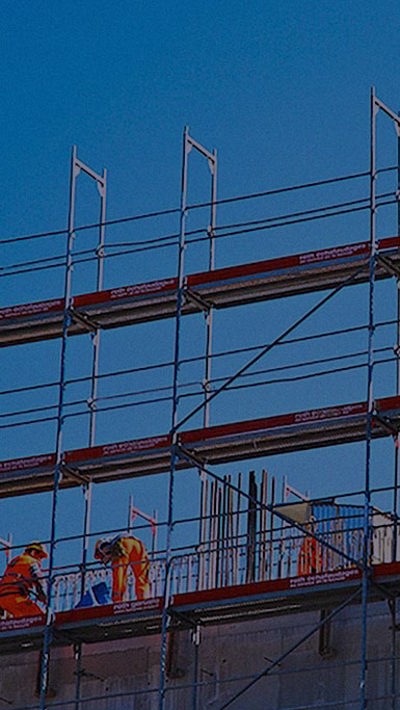Contents
All businesses may open their premises under Level 3 but must implement specified infection control mechanisms.
These differ by sector but in all cases include:
- physical distancing
- contact tracing, and
- restricted entry of customers or clients, only to collect goods.
Where these rules are complied with, customers can access premises but must not enter a building. Practically, this means customers can enter carparks, loading bays or similar external parts of the premises but stores, warehouses, restaurants and cafes remain off limits.
If a business cannot implement infection control measures, it must remain closed except for necessary work like maintaining plant and equipment or taking steps to enable employees to work from home.
The key restrictions on personal movement and business operations are set out in a new Health Act Order. The Government’s instruction that if employees can work from home, they must is not reflected in the Order. This may be an oversight.
MBIE guidance provides greater clarity on different types of workplaces and how the rules will apply at different Alert Levels.
Chapman Tripp comment
The greater access available under Level 3 may mean that more rent is now payable. The implications for individual businesses will depend on the terms of the lease and the nature of the tenant’s business.
In some cases, “no access” clauses may continue to apply because tenants are still prevented from fully conducting their business from the premises, although the corresponding rent relief under Level 3 may be different to Level 4. In others, the tenants may be expected to comply with the Level 3 rules at their own cost, in the same way as any other Health and Safety obligation.
We do not anticipate that “no access” clauses will continue to apply once we move into Level 2 although we will have to await the formal Health Act Order for confirmation.
This is one of a series of Brief Counsels Chapman Tripp has produced on COVID-19.





















